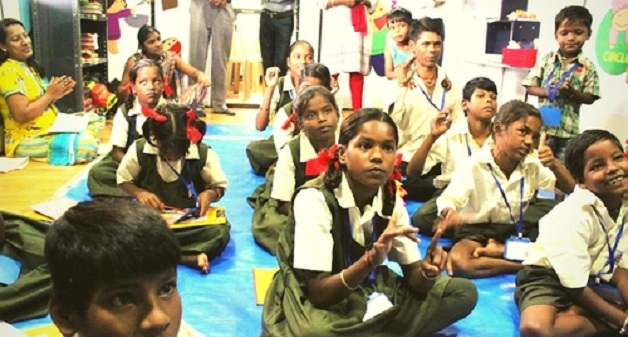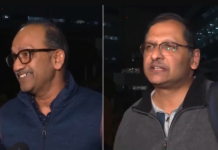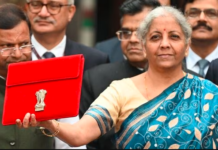They say when you have the real passion, zeal and confidence to change things, there is nothing that can ever stop you. Signal Shala is a school that no could have thought of. It operates out of a shipping container and is established under Teen Haat Signal flyover in Thane. Not bad to start with, the school currently is responsible of teaching 22 children who were unfortunate and were deprived of the light of education. These innocent children were formally selling knick-knacks or bag at the traffic signal. The school was formally inaugurated on 15th June 2016.
“We believe that unless we serve and uplift the last person standing in the last queue in this country, we will not be able to move towards development at any level….if you consider children who work and beg at various traffic signals in India, there aren’t many people working for them. That was how the idea of this school took shape,” says Batu Sawant, the CEO of Samarth Bharat Vyaspith (SBV) – an NGO that started India’s first registered Signal School meant for such children in Mumbai.
“For these kids and their parents, the signal is a place of business. They sell small items during peak traffic hours, and in the 4-5 hours in between, their parents send them to beg as well,” says Batu.
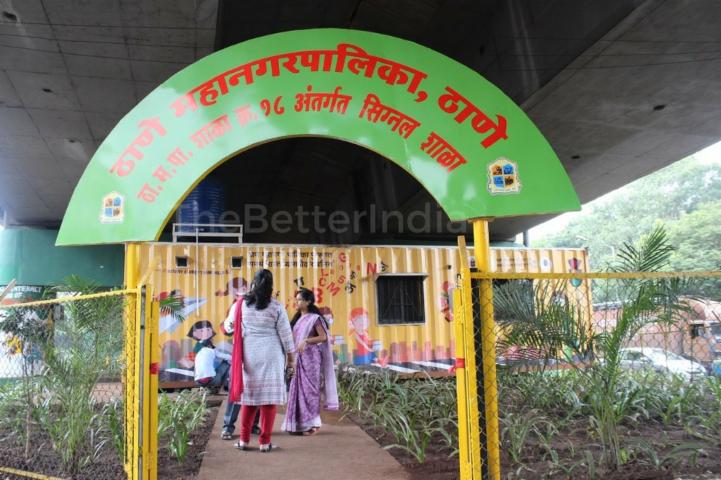
Nothing big is achieved in a day and as they say every journey starts with a small step. This NGO came up with this signal school after a lot of research that was obviously much needed. They conducted various surveys at the 4 most popular traffic signals in the city. They also talked to the parents and kids to know and understand their needs. They evaluated how many children are present at what time on which signals every day. “We found that many of these people used to be farmers in rural Maharashtra and had migrated to the city because of droughts. They had come here looking for a better life but ended up living and working at the signals for the past 20-25 years,” says Batu.
This obviously had a lot of difficulties and challenges. It was not easy for them to convince their parents to send them schools nor was easy to run after the children, find them at signals and make them sit in the classroom. “We started more like a play school. The kids would be in class for 15 minutes or half an hour. We had to run after them, search for them at the signals, and bring them to school daily. But now they are more than willing to attend and are super enthusiastic about meeting their teachers every day,” smiles Batu.
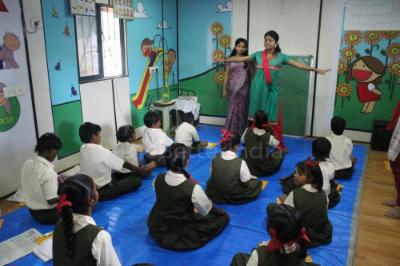
“Our teachers work with the students on more than just education. Right from cleaning them up to making sure they are not hungry, everything is taken care of and it is not easy at all,” says Batu.
You might be thinking how can someone make the students sit for long and study in a container near a traffic signal, it would be very noisy and disturbing? Absolutely. To fight this out, the container was revamped into a classroom and was maid airtight to avoid any sort of disturbances. The teachers here are also using software developed by Tata Technology that uses the audio-visual method to deliver the entire SEC curriculum from Classes 1 to 10. “It is easier to gain the attention of kids with the help of pictures and music. While initially the kids would not sit for more than 15 minutes during class, we are now able to conduct four hours of regular lessons,” says Batu.
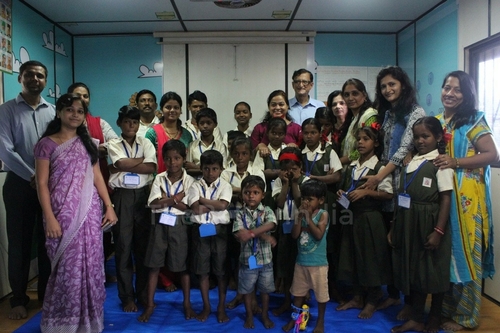
It’s not just about making children a doctor or an engineer or just giving them the bookish knowledge. It is all about their overall development and grooming. Some students sleep in mid classes, some don’t eat well and some are not bathed. So the school apart from providing them education, also given them bathing space, grooms them and provides healthy meals. “We use these activities to inculcate good habits in students. For example, the children are taught to wash their hands before they begin to eat. Many of them also had the habit of spreading their hands out whenever the attendant would serve them food. We taught them not to do this. And when they notice such things, they realise that the school is not just a place where they are told to study but is also meant for their personal welfare,” says Batu.
“The best part is that even if some kid goes out to beg after school hours, the other kids complain to the teachers the next day. In this way, they have developed the spirit of policing within themselves as they understand why education, not begging, will help them shape their futures,” he says.
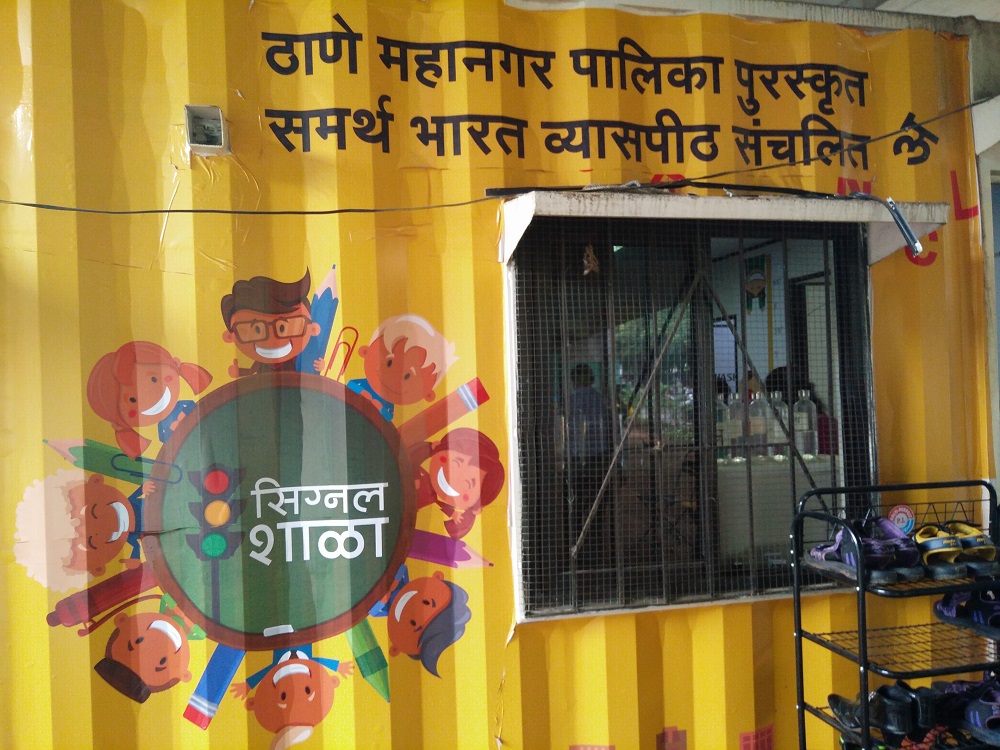
“After our research we realised we cannot start a school for such kids anywhere else other than at the signals because the kids cannot leave the signal and go. It was important to take the school to the kids directly. And we are giving them this environment so that the kids can feel the school is theirs; unless they do, the school will not develop,” emphasises Batu.
Where there is a will, there is a way.


